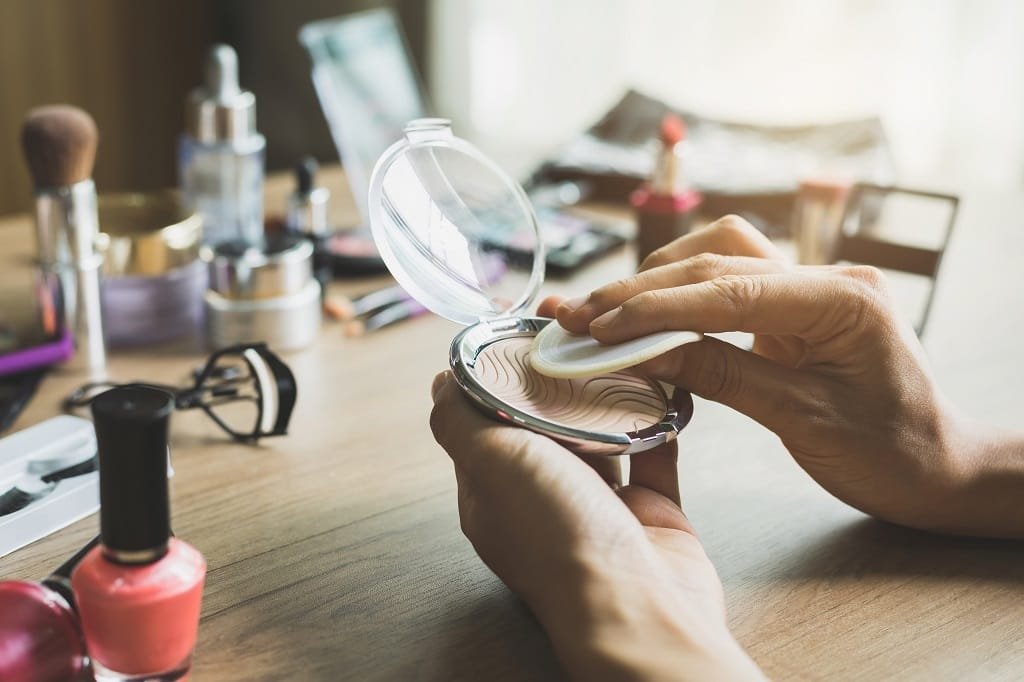Titanium dioxide (also known as ci 77891) use was established decades ago and made one of the common ingredients in personal care products. Because of its natural occurrence, light refraction ability, and white color, it is often used as a pigment or brightener.
Along with making soap and toothpaste manufacturers widely titanium dioxide in cosmetics – it is an active component of sunscreens, products for sensitive skin, and decorative cosmetics. In this article, you’ll get detailed information about the function of this ingredient.
Benefits of Using Titanium Dioxide
Naturally occurring, titanium dioxide in pigment and non-pigment forms plays a central role in the development of cosmetic products. It has various features that make it so attractive:
- In its non-pigment form ci 77891 absorbs and scatters both UVA and UVB rays, helps to create a smooth and sheer texture, and makes a formulation more opaque. This makes it possible to produce effective sunscreens and formulations that conceal blemishes.
- The pigmented form of titanium dioxide is a great cosmetic colorant that makes makeup products shine brightly and intensively in various shades.
- Because of its water resistance and ability to soak up oils in the skin titanium dioxide is an indispensable skincare ingredient in matter-based and anti-aging cosmetics.
Are Cosmetics Containing Titanium Dioxide Safe?

Girl doing makeup on dressing table with cosmetics
Even though TiO2 is safe for humans in low concentrations, recently there have been many concerns about its use in beauty products. It is assumed that in nano form this element can overcome the skin barrier and be distributed in the body which can cause potential damage to health.
However, according to the Scientific Committee on Consumer Safety, nanoparticles of titanium dioxide aren’t dangerous when applied on the skin at a concentration up to 25%. Scientists have refuted the evidence of carcinogenicity, mutagenicity, or reproductive toxicity of harmful substances with TiO2 in composition after application to the skin.

